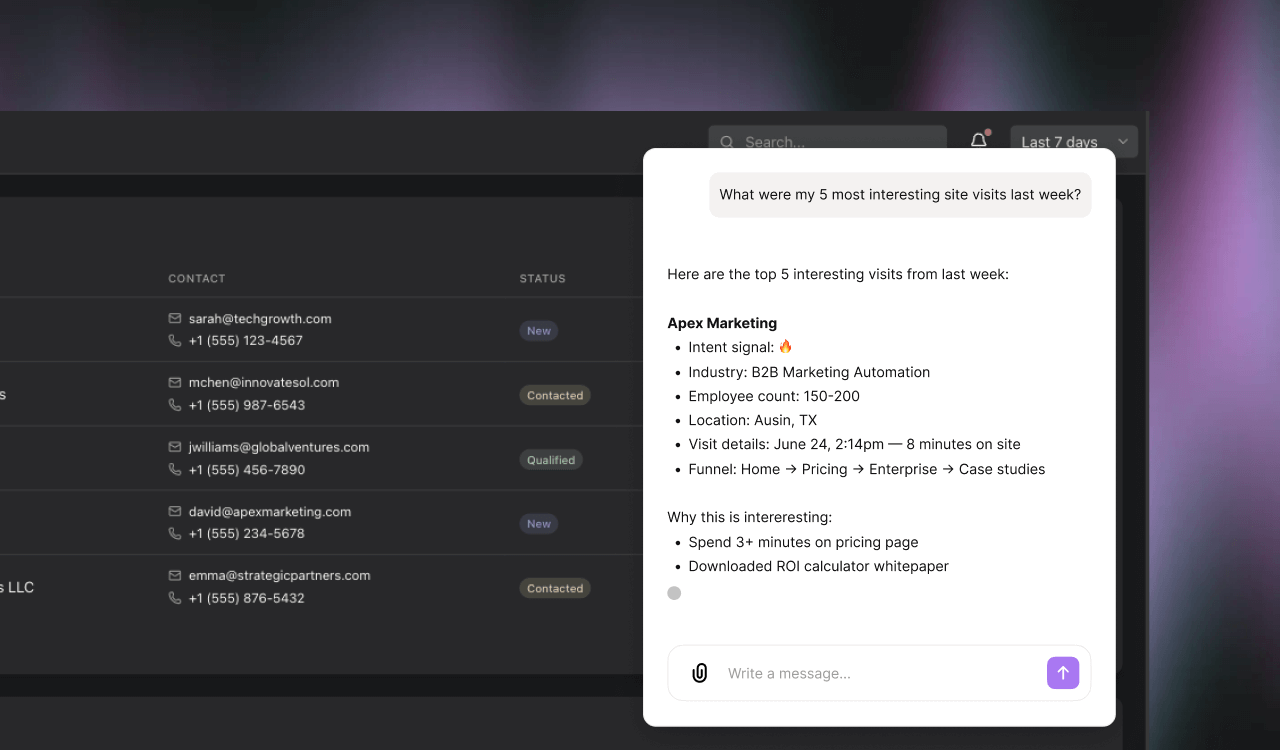
The future of software is conversational.
This isn't speculation—it's happening right now. Every application you use today will soon let you interact through natural language, whether that's text, voice, video, or screen sharing. The question isn't whether your product will have an AI interface, but how quickly you can deliver that value to your users.
Yet for most engineering teams, adding conversational AI remains frustratingly complex. You know your users want it. You know it would unlock tremendous value. But the path from intention to implementation is littered with architectural decisions, security concerns, and integration challenges that turn what should be a sprint into a marathon.
We've watched talented engineering teams spend months wrestling with the same problems. First comes the frontend maze—building streaming interfaces that feel responsive, supporting multimodal interactions without breaking your UI, choosing between a dozen open-source libraries or rolling your own. Every decision feels consequential because changing course later means significant rework.
Then there's the backend labyrinth. How do you securely authenticate AI requests? Should you use MCP servers, build custom tools, implement RAG, or try to make existing APIs work? How do you manage agent hosting at scale? And critically—how do you integrate all of this with your existing systems without introducing security vulnerabilities or breaking what already works?
Your AI needs to understand your business logic. It needs access to your backend APIs, third-party services, and the context users provide in their queries. But orchestrating this data access while maintaining security and performance is where many teams get stuck. The complexity compounds when you realize you also need analytics to understand how users interact with your AI, version management for prompts and behaviors, and evaluation frameworks to ensure quality.
Most teams find themselves months into implementation before users can have their first meaningful conversation. By then, the market has moved, requirements have shifted, and that initial enthusiasm has given way to feature fatigue.
We built Coherence because we believe there's a better way. We've taken all the complexity of building production-ready conversational AI and compressed it into a one-hour integration. Not because we cut corners, but because we've solved these problems once, correctly, so you don't have to solve them again.
When you integrate Coherence, you're not just adding chat to your app. You're giving your application a conversational nervous system that respects your existing architecture. Your authentication and permissions remain unchanged. Your data stays where it belongs. Your business logic continues to work exactly as designed. We simply make it conversational.
This isn't about compromising on security for speed. Enterprise-grade security isn't optional—it's table stakes. While others might suggest you "move fast and break things," we know that in production, broken authentication or leaked data isn't a learning opportunity—it's a catastrophe. Coherence provides security that's systematic, not vibes-based.
We've obsessed over developer experience because we know that the best infrastructure is invisible until you need it. Drop in our frontend SDK and you get a customizable UI that matches your brand. Add our backend SDK and your existing auth flows just work. If you use OAuth, you can skip the backend entirely and integrate directly with our frontend.
But here's what excites us most: Coherence isn't just about serving today's needs. Every conversation your users have teaches you something. Our analytics reveal patterns in how people want to interact with your product—feature requests hiding in plain sight, workflows you never imagined, pain points you didn't know existed. This isn't just data; it's a direct line to your users' unfiltered needs.
When you need to iterate—and you will—changing prompts, adding data sources, or modifying behaviors happens without redeployment. When you're ready to measure performance systematically, our evaluation framework is already there. We're not just helping you add chat; we're helping you build a learning system that improves with every interaction.
Every transformative technology goes through the same adoption curve. First, it's impossible. Then it's impractical. Then it's inevitable. Conversational interfaces have crossed into inevitability. The applications that thrive in the next decade will be those that embrace this shift today.
But embracing the future shouldn't require betting your engineering resources on building infrastructure. Your team's time is better spent understanding your users, crafting experiences, and building the features that make your product unique. Let us handle the pipes and plumbing of conversational AI.
We're not just building Coherence for today's applications—we're building for the products that don't exist yet. For the founders who see conversational interfaces not as features but as fundamental to how software should work. For the engineering teams who want to ship incredible experiences without getting lost in implementation details.
The future of software is conversational. With Coherence, that future is one hour away.
Make your application AI-native today. Because your users aren't waiting for the future—they're expecting it now.
---
*Ready to give your application a voice? Visit [withcoherence.com](https://withcoherence.com) to get started. The future is conversational. Let's build it together.*